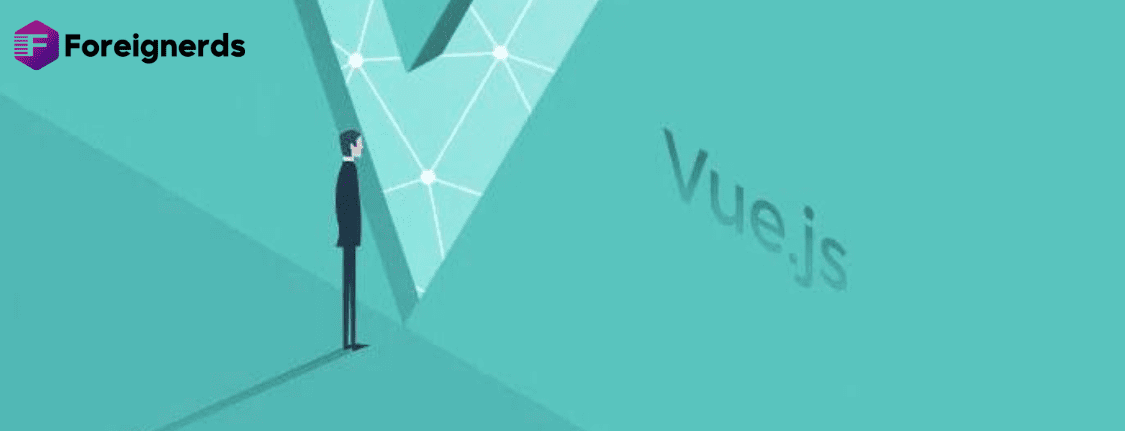- Home
- Design and Development
- How Does Vue.js Work?

If you’ve found your way to this page, chances are you’re delving into the world of Javascript frameworks or seeking insights into using Vue.js. Vue.js, a progressive Javascript framework, is a powerful tool for swiftly creating single-page applications. In this comprehensive guide, we’ll delve into what Vue.js entails, how it operates, and whether it aligns with your development needs.
Understanding the term “progressive” in the context of Vue.js is crucial. Vue.js follows a progressive approach, allowing you to initiate with a minimal setup and expand the application as required. This concept is twofold: Vue is compact in size, weighing in at a mere 18Kb, and it efficiently utilizes components and libraries necessary for your app’s functionality. Unlike frameworks such as React, Vue.js enables the display of the core page as soon as essential components are downloaded, eliminating the need to wait for the entire application to load.
Vue.js stands out in its ability to seamlessly integrate with other frameworks and tools. Whether your project is in its infancy or three years into development, Vue.js can be incorporated gradually, giving project maintainers the flexibility to adopt it at their discretion.
A Javascript framework serves as a blueprint and language fusion, providing the foundation for rapid application prototyping and deployment. To draw an analogy with the Linux world, a Javascript framework is akin to Arch Linux—a versatile framework that facilitates building customized solutions. Vue.js, in this scenario, can be compared to Arch, while your web application is analogous to a customized Linux distribution like SteamOS.
A single-page application (SPA) revolutionizes web app navigation by seamlessly replacing components within the object model of a webpage, eliminating the need for loading entirely new pages. Imagine navigating from the home page to the Contact Me section of an SPA—only the central portion of the webpage is substituted, providing a smoother user experience.
Moving beyond the theoretical aspects, let’s explore Vue.js from a developer’s standpoint. Creating a Vue app mirrors the process of crafting a React app. The journey begins by installing Vue.js packages through NPM or Node Package Manager, followed by a command-line operation to initiate a basic Vue project.
Similar to other Javascript frameworks, Vue incorporates routers, stores, and state management. Although the implementation may vary, the fundamental concepts remain consistent. Routers guide the app on component loading, stores manage global keys and values, and state management keeps track of the app’s status.
Vue distinguishes itself in file structure. Each Vue file comprises three sections: an HTML template housing component HTML, Javascript for logic, and CSS for styling. The use of plain HTML simplifies the coding process, with Vue’s unique HTML tags facilitating tasks like state management and display conditions.
In conclusion, Vue.js offers a progressive and flexible approach to web development. Its compatibility with existing projects, compact size, and intuitive file structure make it an appealing choice for developers. Whether you’re a seasoned developer or just starting, delving into Vue.js might prove to be a valuable addition to your skill set.
“Exploring Vue.js: A Progressive Framework for Web Development” is likely a resource or tutorial that delves into the Vue.js framework and its benefits for web development. Vue.js is a progressive JavaScript framework that is widely used for building user interfaces. Here are some general benefits of Vue.js that you might find covered in such a resource:
These benefits contribute to Vue.js’s popularity among developers for building modern, reactive, and maintainable user interfaces. If you’re exploring Vue.js, it’s recommended to go through the official documentation and hands-on examples to get a better understanding of its capabilities.
© 2013 - 2025 Foreignerds. All Rights Reserved